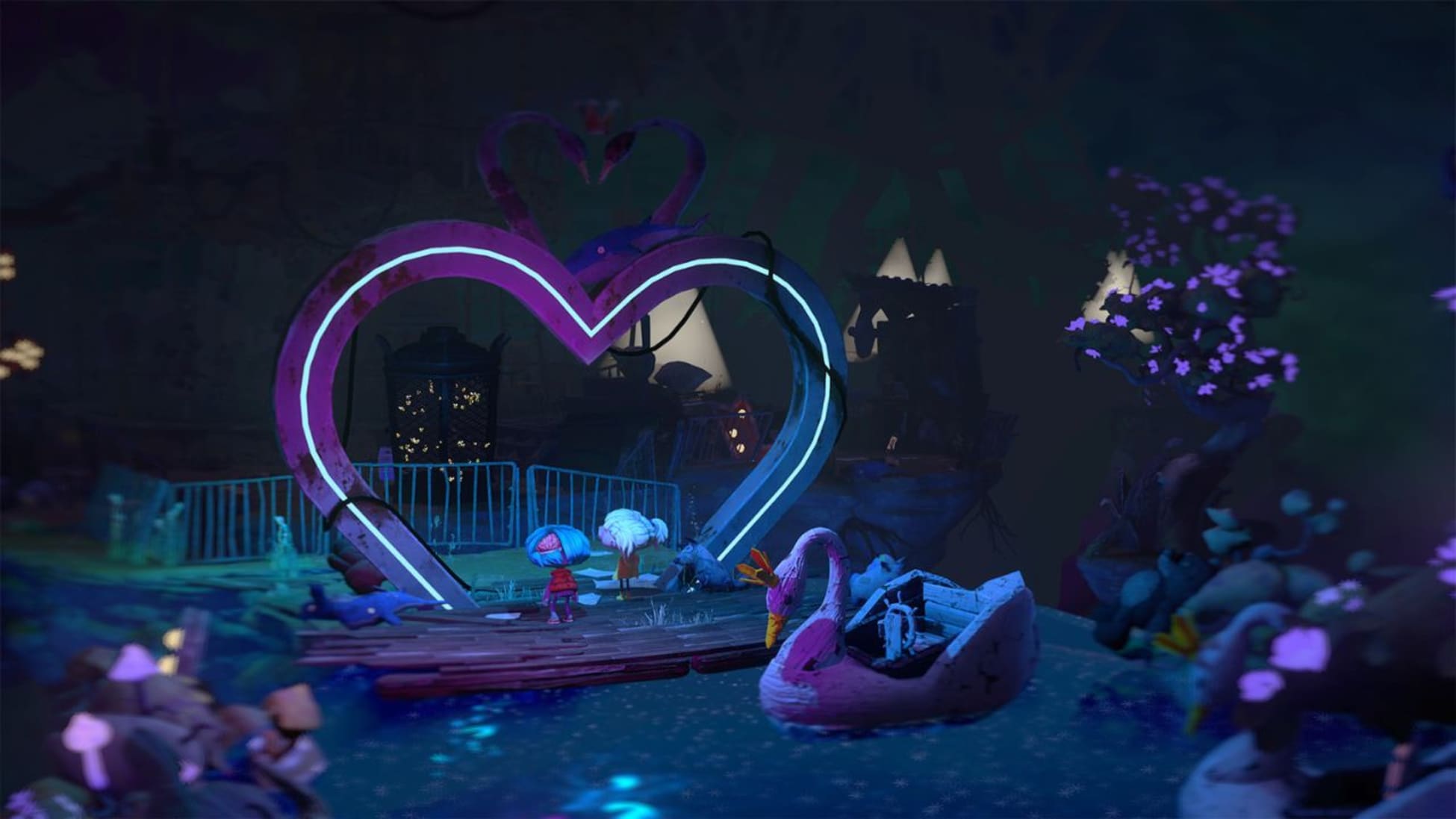Llamasoft: The Jeff Minter Story Review – Review

Do you ever stop and think about why video game reviewers, writers, and critics mention a game like Super Mario Bros. all the time? Sure, it is a classic video game that was not only a commercial, critical, and cultural success, but it has also become a story that is so well told that it has become ingrained into videogame history. Any video game made in the 80’s could’ve been the example set by a game like Super Mario Bros., but Nintendo in particular has made sure that Mario’s story has been told, retold, and re-experienced time and time again throughout the decades. If you ask me, that is video game preservation. Making sure that future generations have access to the stories, documents, and most importantly the games and are able to view it in context. Digital Eclipse has struck gold once again with their most recent attempt at providing us with video game history in context in Llamasoft: The Jeff Minter story. Whether you grew up with home computers or are learning about this lovable programmer for the first time, the second game in the Gold Master series shows that Digital Eclipse are at the forefront of preserving and telling the story of videogames in interactive form.
If you’ve either played Atari 50: The Anniversary collection of The Making of Karateka, you may know what to expect. For those unfamiliar, these games can best be described as interactive coffee-table books for videogames. You learn about a specific topic through video-interviews, the ability to view photos and documents in incredible detail, and of course, by playing the games. The presentation is slick and simple and the information shared is not only highly informative but entertaining as well. The game, for a lack of a better word, chronicles the journey of lauded videogame developer Jeff Minter. In the 1980’s he became emblematic for developing games for the home computer market with a true sense of authenticity and authorship. His games feature flashy and psychedelic artwork, but also a wide array of animals (to which he lovingly refers to as beasties) and arcade greatness. From Attack of the Mutant Camels, to Gridrunner, his early VIC-20 Arcade-clones, and even the famous Atari Jaguar version of Tempest 2000, the collection presents the widest array of versions and compilation of Llamasoft’s games up to the mid 1990’s.
What makes this game stand out is that it is not only filled with some great interviews with not only Jeff but other collaborators and writers as well, but that it pays meticulous attention to how Jeff was able to stand out in the crowded home computer market from the 1980’s. I adore the plethora of photos of Minter being at computer conventions selling his games, to incredibly well made scans of his original ‘Nature of the Beast’ newsletter that he sends out to fans. In a way, it makes the indie-developer scene that most people associate with the mid 2000’s look like an imitation by comparison. This is a piece of history that I was only familiar with through games like Tempest 2000 and stories being told of Jeff, but this collection just makes it incredibly accessible to those who wish to learn more about games history at a time where that was rarely documented.
The games themselves will most likely appeal to those who are already familiar with Llamasoft’s output, but for those who are new, expect a great collection of arcade-style games. Most of them are what we would today describe as shoot-em-ups or grid-based arcade games, but only a few have really become outdated. A large selection of additional features and options, like the ability to instantly open up the game’s instructions or to view the controls help you get familiar with every game, even if you only play them for a few minutes. That’s the beauty of the way Digital Eclipse presents its Gold Master Series. You can learn all you can about the creator and dive into each painting, photo or text document, or much like a museum you can browse at your own pace and decide how much time you’d like to spend on a certain title. The game is easily divided into era’s, so I liked to tackle the game one era a night for a week. It made for a fantastic time that balances well between games and seeing the influence that Minter has had on the games industry and its culture. What you end up doing with that information is eventually up to you the player, but if you know people that played a lot on home computers, this might just be a fantastic way to strike up conversations.
I will say that, for how well the game and the collection itself is presented, I do think that Digital Eclipse can improve in the future with these collections. For me a primary fault was the lack of diverse speakers during the video interviews. Yes, the 1980’s are emblematic of the image of the stereotypical games, but out of the ten or so people interviewed, including only two women and no people of color does impact the way in which this story is being told. I think that especially for historians, archivists, and those wishing to preserve history, it is vital that other voices are heard especially in collections such as these. The other complaint is something that I wasn’t aware of before learning about Jeff Minter, but it is his passion and focus on music visualizers. These abstract light sensations that are shaped and form based on music and input is something that Minter has chased for decades and was something that I really wanted to learn more about. Only one visualizer is included and I’d have loved it if this game went the extra mile to show some of the later versions that Jeff Minter worked on. This is probably primarily a rights issue and skews up to the line of what is a game, but since the story itself references it often, I was hoping there’d be more to play around with.
But, as a games-archivist myself, I cannot commend Digital Eclipse enough for having the ability and access to keep telling these stories in interactive and accessible formats. If you never grew up with a Commodore 64, I know how hard it can be to learn of this part of history. But the creators of Llamasoft: The Jeff Minter story allow you to make it as easy as opening an app on your phone. Not only that, but thanks to these additional contextual materials it allows the games to be understood and studied in the context of their time. It is something that archives, cultural institutions, libraries and perhaps even lawmakers should take note of. It shouldn’t be as rare as it is, to learn about this medium’s history from sources other than PR-firms or the fans that follow these games and their creators. Llamasoft: The Jeff Minter Story shows us a way forward and presents why the history of games is ever evolving and that it is vital to the future of the way games are played and created.
One final note: At the time of writing I also experienced a de-sync of audio and video in the interviews. I was informed by a representative of Digital Eclipse that this is a bug in the Switch version and will be fixed in a patch soon after launch.



